by Justin Mckibben | Feb 20, 2018 | Drug Abuse, Drug Policy, Harm Reduction, Needle Exchange Programs, News, Safe Injection Sites
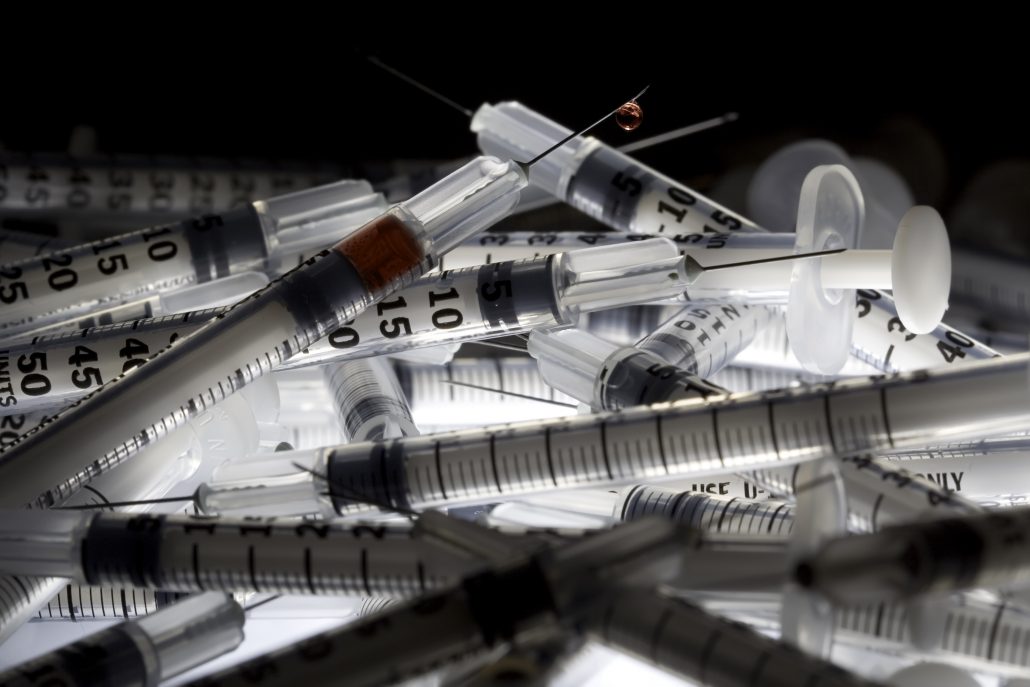
Right now a few American cities are aiming to establish active safe injection sites, with most recent reports indicating the first will probably be San Francisco. Currently, the Golden Gate City is on track to open two of these facilities in July. Meanwhile, Philadelphia is not far behind as city officials are pushing forward with a proposition from January. Other areas fighting for the controversial programs include Seattle and Baltimore.
Now it seems this fight for safe injection sites may soon pit state governments against the federal government, as the DEA under the Trump administration vows to take action against these facilities.
Safe Injection Sites for San Francisco
The city of San Francisco has an estimated 22,000 intravenous drug users. As of now, it has become the norm to see people injecting drugs in broad daylight on a park bench, public transit, or any sidewalk. As a consequence, dirty needles get left out in the open. So the decision by San Francisco officials to establish safe injection sites isn’t all that alarming.
Safe injection sites mean fewer needles on the streets. Reports from public health officials expect that 85% of the intravenous drug users in the city would use these sites, and the city could potentially save $3.5 million a year in medical costs. According to the director of San Francisco’s Department of Public Health, Barbara Garcia, officials are already working out the details. Garcia is currently working with six to eight nonprofits that already provide needle exchange programs and other addiction services. Two of them will soon be operating as safe injection sites.
Garcia says that because the cities fiscal year will begin on July 1, the process of opening these safe injection sites should begin close to that date. She also adds that once officials are able to examine how the first two sites are working, they can decide if and when to open the third and fourth sites.
Because intravenous drug use is still against state and federal law, the city will be avoiding liability by funding these sites through private investments. Garcia did not include where the money would be coming from. Garcia also does not appear to be too concerned about whether opening safe injection sites will draw the ire of the Trump administration, saying,
“That’s to be seen. I’m more worried about people dying in our streets.”
Given the rates of intravenous drug use and overdose death in the area, that sounds like a reasonable reason to worry. Part of operating safe injection sites also means providing a supervising medical staff equipped with overdose antidotes, and offering addiction treatment resources to those willing to seek help.
Hope for Harm Reduction
State Senator Scott Wiener is also working to get state law changed to ensure that anybody associated with safe injection sites won’t face arrest or punishment, including:
- Property owners
- Employees
- Drug users themselves
The bill Wiener is pushing was last year passed in the Assembly, but remains two votes short of confirmation in the Senate.
Part of the reason for so many officials pushing to protect and advance this project seems to come from a fair amount of public support. For the first time, the Chamber of Commerce’s Dignity Health CityBeat Poll included a question about safe injection sites this year. It asked respondents whether they support or oppose-
“drop-in facilities called safe injection sites where intravenous drug users could use their drugs, off the street, and in a place where medical and social services are available.”
Out of all those who answered the survey:
- 67% of respondents said they support the idea
- 45% of those were ‘strongly’ supportive
- 22% of those were ‘somewhat’ supportive
- Only 27% percent opposed it
- 6% didn’t know
The poll found support for the sites regardless of:
The demographics also includes support from:
- Progressives
- Liberals
- Moderates
- Even 42% of self-described Conservatives
Mayor Mark Farrell is another supporter who said,
“I understand the misgivings around it and some of the rhetoric from people who don’t support it, but we absolutely need to give it a try.”
While issues like homelessness, crime and gang violence were all concerns consistent with opening of injection sites, city officials seem to believe the old way isn’t working. The hope is that by providing social services and treatment options, these safe injection sites will not only save lives but help more people get off drugs that otherwise might not have access to these resources.
Trump Says Sites Will Face Legal Action
It still seems these efforts will be met with resistence from the federal government. Last week the Trump administration made it clear they reject any facilities where heroin users can inject drugs under supervision. The president and his Attorney General Jeff Sessions seem to be committed to their ‘law and order’ approach to the drug problem, despite any lessons learned by the failed War on Drugs.
One might note that in general, the U.S. Drug Enforcement Agency views safe-injection sites as facilitation of criminal behavior. Therefore, it’s an absolute possibility the DEA will take some kind of enforcement action against any safe injection sites that pop up in the states. Katherine Pfaff, a DEA spokesperson, argued that these programs remain federally prohibited. She states,
“Supervised injection facilities, or so-called safe injection sites, violate federal law. Any facilitation of illicit drug use is considered in violation of the Controlled Substances Act and, therefore, subject to legal action.”
However, it appears some of the states that have approved safe injection sites are already preparing to do legal battle with Attorney General Jeff Sessions and his Justice Department to convince the courts that this public health emergency is far too critical to pass up any opportunity at harm reduction.
So, what is going to become of this new controversy? More people, including law enforcement officials and conservatives, could be warming up to the idea of cleaning up the streets with safe injection sites in some states. If the DEA make moves to shut them down, what will happen next? Are safe injection sites an acceptable form of harm reduction? If not, what else could help address the opioid crisis?
Let us know in the comments what you think about these programs.
Palm Healthcare Company believes in providing an effective, holistic treatment program to help those suffering who need help. Providing safe and comprehensive care should always be a focus in the effort to overcome the drug problem, and preservation of life should always be a priority. If you or someone you love is struggling, please call toll-free now.
CALL NOW 1-888-922-5398
by Sher Delva | Sep 7, 2017 | Addiction, Addiction Stigma, Drug Abuse, Withdrawal
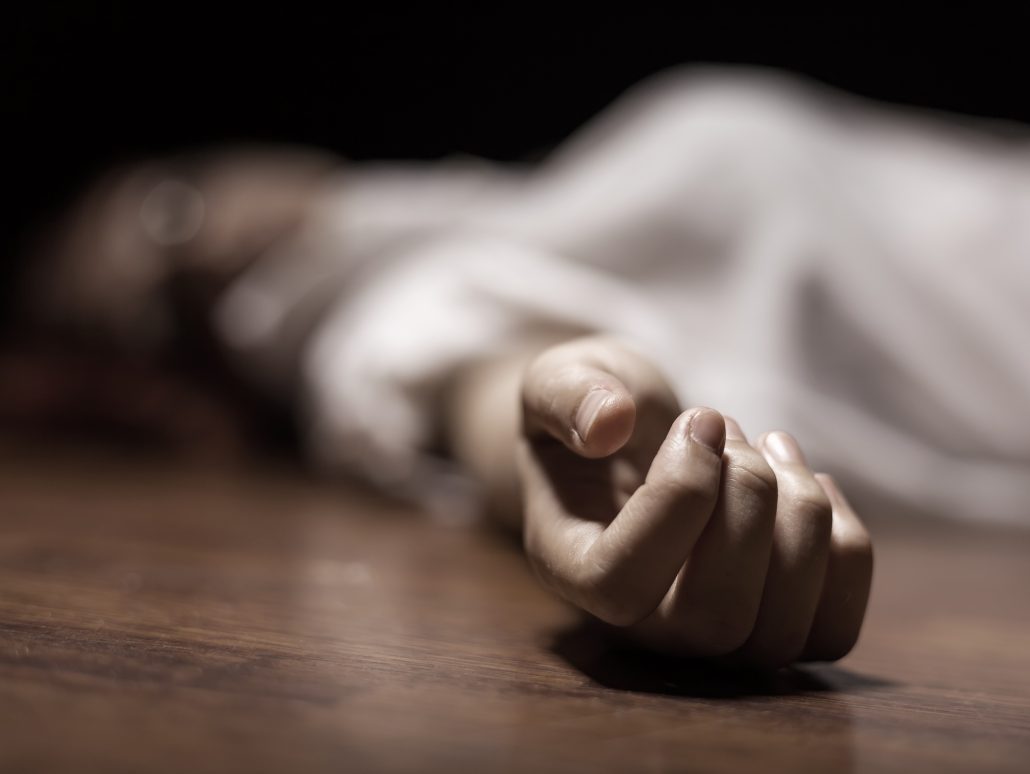
If you think heroin is the deadliest opioid in America, think again. While that might have been the case in the past, things have taken a major shift over the past few years.
Heroin led to nearly 16,000 deaths last year, but another popular opioid surpassed that tragic number.
If you have not guessed already, we are talking about fentanyl.
Fentanyl is an opioid that is over a 100 times stronger than street heroin. To put that into perspective, transdermal fentanyl is 100-150xs more potent than oral morphine and is often prescribed to treat advanced cancer patients.
Drug overdose deaths involving fentanyl doubled during 2016, accounting for 25% more deaths than heroin, according to data released by the Centers for Disease Control and Prevention (CDC) earlier this week.
In 2016, the data revealed that 64,000 Americans died of drug overdoses. Out of this number, 20,100 deaths were attributed to fentanyl and other synthetic opioids. If we compared those numbers to heroin deaths, that’s an almost 5000 person difference!
The recent data also reveals how unevenly drug deaths are spread throughout the country:
- In states like Delaware, overdose rates rose 71% between 2016 and 2017 (with 309 deaths during the year).
- Maryland had an increase of 67% for a total of 2,171 overdose deaths.
- Of the states that reported data, only Nebraska, Washington and Wyoming saw a decrease in overdose deaths over the past year.
Fentanyl has been getting a great deal of attention as the drug is responsible for the massive increase in overdose fatalities. For example, last year in Massachusetts, 69% of people who died of an opioid overdose (and had a toxicology screen) had fentanyl in their systems, according to the Boston Business Journal.
Furthermore, in Ohio, fentanyl killed nearly 2,400 people in 2016, which is double the number in comparison to the year prior, according to Cincinatti.com
“It truly is everywhere,” Barbara Carreno, a spokeswoman for the federal Drug Enforcement Agency (DEA), said to USA Today.
Education is Key
Over the summer, the DEA worked to educate first responders about the dangers of fentanyl and other synthetic opioids like carfentanil and acryl fentanyl. These synthetic opioids are strong enough to make even the most casual user overdose and pose a severe threat.
Despite the dangers of addicts receiving a potentially fatal drug, law enforcement officials say the demand for fentanyl continues to rise. This is because fentanyl boost profits for dealers to sell the drug as heroin.
“You can make it as strong as you want, and in bulk and fast,” said Tim Reagan, a DEA agent in Cincinnati.
Still, law enforcement expects fentanyl seizure to become more of the norm at the end of this year.
“I expect that in fiscal year 2017, the numbers of seizures in the mail and express consignment environment (such as FedEx and UPS) will be much higher than they were last year,” said Robert Perez, an acting commissioner with the U.S. Customs and Border Protection (CBP) agency.
Where is it coming from?
Fentanyl is coming from a variety of locations, but one main target is China. China has been singled out as the main source of synthetic opioids like fentanyl. Through the dark web, drug dealers are able to purchase fentanyl from websites hosted in China. They then have shipments sent to the US.
According to the US Customs and Border Protection (CBP), seizures of fentanyl arriving by mail have increased significantly:
- In 2011, 0.09 kilograms of fentanyl were seized by mail
- In 2016 it rose to 37 kilograms
Unfortunately, officials in the United States are expecting the worse when it comes to the opioid crisis. Experts are looking at current trends, and most believe the opioid crisis will get worse before it gets better.
Did you know the major impact fentanyl was having on the opioid crisis? Sadly, when it comes to using drugs, your next high could be your last. Therefore, make a choice to recover from addiction today. Tomorrow may be too late. Do not wait. We are waiting for your call. Call now.
CALL NOW 1-888-922-5398
by Sher Delva | Aug 30, 2017 | Addiction, Addiction Stigma, Drug Abuse, Mental Health, Stigma, Therapy, Uncategorized, Withdrawal
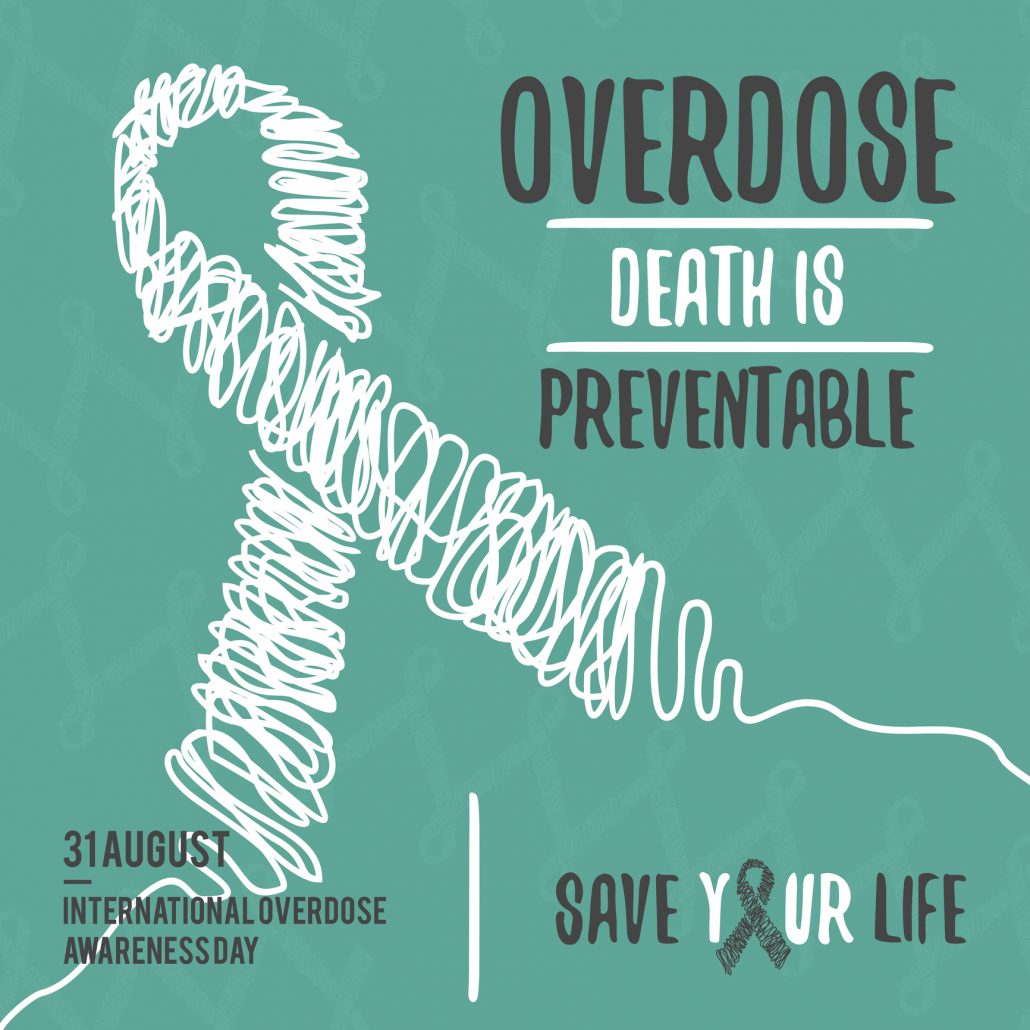
Today, August 31, marks International Overdose Awareness Day. The purpose of this day is to raise awareness and reduce the stigma of drug-related deaths. This day intends to acknowledge the pain and hardship felt by friends and family who have suffered the loss of a loved one due to a drug overdose.
International Overdose Awareness Day is a day that hopes to reduce the shame and guilt that is so often associated with addiction. The day aims to provide an opportunity for people to publicly mourn for loved ones without feeling guilt or shame.
International Overdose Awareness Day Focuses on:
- Giving communities information about fatal and non-fatal overdoses
- Sending a strong message to current and former drug users that they are valued
- Providing essential information regarding resources available in their community
- Raising a discussion about overdose prevention and drug policy
- Preventing and reducing harm by supporting evidence-based policies and practices
The Shocking Reality
Drug overdoses are the number one cause of preventable death in America. Today is a day to spread awareness to others about the disease of addiction. Addiction does not discriminate. It affects everyone.
The United States is facing a major drug epidemic.
Facts & Stats:
- The United States accounts for approximately one-quarter of the estimated number of drug-related deaths worldwide.
- Overdose deaths continue to rise, and these overdoses are driven by opioid use.
- Overdose deaths have more than tripled in the United States during the period of 1999-2015, from 16,849 to 52,404 annually.
- A recent report by STAT states the opioid epidemic is predicted to get a lot worse before it gets any better if it gets better at all.
- The third quarter of 2016, saw all drug overdose deaths peak at 19.9 cases for every 100,000 people, compared to the 16.7 in the same period last year.
- Another report found that the number of drug overdoses involving opioids between 2008-2014 was likely underestimated by 24%.
- Substances like fentanyl are close to 50 times stronger than heroin, and the increased presence of these opioid have significantly increased the number of opioid overdoses.
So what is an overdose exactly?
An overdose means taking too much of a drug or a combination of drugs for a body to tolerate. Overdose symptoms vary depending on the drug abused. Opioids, benzos, and alcohol all cause overdoses. These drugs slow down the nervous system which includes breathing and heart rate. Too much of these substances can kill or cause permanent brain damage to the user.
Signs of a drug overdose on opioids include:
- Shallow breathing or not breathing at all
- Snoring or gurgling sounds (this can mean that a person’s airway is partly blocked)
- Blue lips or fingertips
- Floppy arms and legs
- No response to stimulus
- Disorientation
- Unconsciousness.
If you think someone has overdosed, please seek help immediately. Not all overdoses happen quickly, and it can take hours for someone to die from an overdose depending on the severity. Naloxone, known by the brand name Narcan, is an overdose antidote that reverses an overdose from opioids.
Fight to Increase Access to Narcan
Narcan is now in the hands of first responders. It can be found in schools and even over-the-counter depending on the area you reside. Please look into where you can purchase and receive training.
If you know someone who has overdosed, show your support on International Overdose Awareness Day. Now, more than ever is the time to share the truth about addiction. We need to end the stigma.
How to Get Involved
There are a variety of resources available on the International Overdose Awareness Day website. The website has an area where loved ones can write and grieve anyone they have lost. These tributes are where many share the impact drug use, and overdoses have had on their family and friends. There is also an overdose awareness app that shares information on what an overdose is, and the main overdose symptoms. Please see the website for more information and to look for events in your local area.
—-
How are you going to raise awareness of International Overdose Awareness Day? The impact of addiction continues to influence the lives around us. Let’s end the stigma. If you are struggling with substance abuse, do not wait for it to progress into an overdose. We can help you get back on track. Please call toll free today. Do not wait.
CALL NOW 1-888-922-5398
by Sher Delva | Aug 18, 2017 | Addiction, Drug Abuse, Family, Mental Health, Mood Disorders
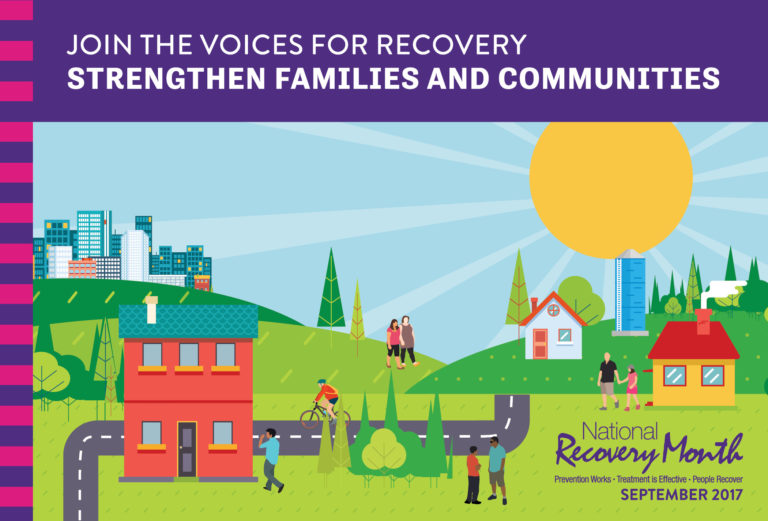
We are pleased to announce Dug and Heidi McGuirk of Palm Healthcare as special keynote speakers for this year’s Broward Recovery Month Event!
The Broward Recovery Event will honor special individuals in the community who are powerhouses for the recovery community.
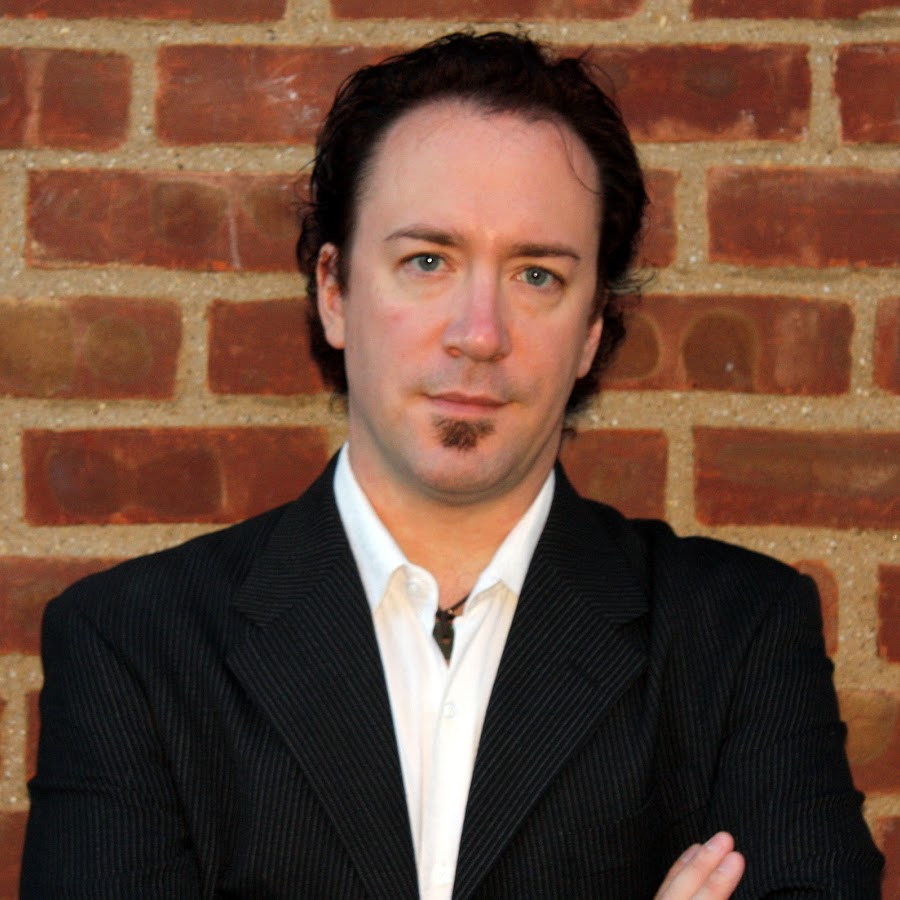 Dug McGuirk is an accomplished entrepreneur and inspirational speaker. As co-founder of Revolutionary Health, Dug is committed to transforming lives. Dug McGuirk is the VP of Training and Development for Palm Healthcare Company where he regularly teaches a variety of transformative classes.
Dug McGuirk is an accomplished entrepreneur and inspirational speaker. As co-founder of Revolutionary Health, Dug is committed to transforming lives. Dug McGuirk is the VP of Training and Development for Palm Healthcare Company where he regularly teaches a variety of transformative classes.
 Heidi McGuirk is an author, co-founder of Revolutionary Health, Master Relationship Coach and addiction professional who teaches several weekly classes at Palm Healthcare.She is the creator and CEO of Love Coach Heidi where she helps recovering co-dependent women learn how to love themselves first.
Heidi McGuirk is an author, co-founder of Revolutionary Health, Master Relationship Coach and addiction professional who teaches several weekly classes at Palm Healthcare.She is the creator and CEO of Love Coach Heidi where she helps recovering co-dependent women learn how to love themselves first.
Dug and Heidi both created an amazing family program for the families of addicted loved ones. The Family Program helps families navigate addiction and understand how to help their loved one instead of hurting them.
We would like to offer you the FREE GIFT of a checklist to help decipher if you are helping or hurting a loved one who is struggling with addiction.
Click for FREE GIFT
We encourage all to come out and support them in this year’s Broward Recovery Month event. Even if you are not familiar with the incredible work Dug and Heidi McGuirk do, you will gain so much from attending the event and hearing their words of inspiration and hope.
Here are the details:
Broward National Recovery Month Event:
When: September 9th from 11-3
Where: The War Memorial Museum
800 NE 8th St, Fort Lauderdale, FL 33304
What: Join special keynote speakers Dug and Heidi McGuirk for FREE food, fun, and inspiration.
This year’s theme for Recovery Month 2017 is Join the Voices for Recovery: Strengthen Families and Communities.
September marks the 27th anniversary of National Recovery Month. The purpose of National Recovery Month is to increase awareness and understanding of mental and substance use disorder and celebrate people who DO recover.
The 2017 theme highlights the value of family and community support. Recovery Month invites individuals in recovery and their family members to share their personal stories and successes to inspire and encourage others.
Broward Recovery Month will be an exciting, INSPIRING event for all to attend. You can make a difference by joining in the Recovery Month Effort.
Support is crucial when it comes to addiction recovery.
Events that support recovery help encourage and inspire those struggling with their addiction, as well as give an outlet to those who have had amazing success in recovery. These events were created to join the recovery community together and celebrate those who have achieved success in their journey.
Broward’s Recovery Month Celebration “honors outstanding individuals who have made significant contributions to helping people in our county remain sober.”
Overall, National Recovery Month helps instill a sense of belonging, safety, and security to the recovery community. This year, we encourage you to participate in events in your community that support addiction recovery. There are events happening nationwide for you to attend.
Whether you are new to recovery or have years of sobriety under your belt, everyone can benefit from attending major events like this. Families of addicted loved ones are strongly encouraged to attend because this year’s National Recovery Month specifically focuses on strengthening families. Families know more than anyone that addiction does not affect just the addict, it affects everyone around them too.
Millions of lives have been transformed through recovery. Often, these successes go unnoticed. Recovery Month is an excellent way for everyone to celebrate these accomplishments.
Addiction affects everyone, not just the addict. Therefore, if you or someone you know is currently struggling, please reach out. We want to help. Do not wait. Please call toll-free now.
CALL NOW 1-888-922-5398
by Justin Mckibben | Aug 14, 2017 | Death, Drug Abuse, Fentanyl, Heroin, Naloxone, Narcan, Opioids, Prescription Drugs
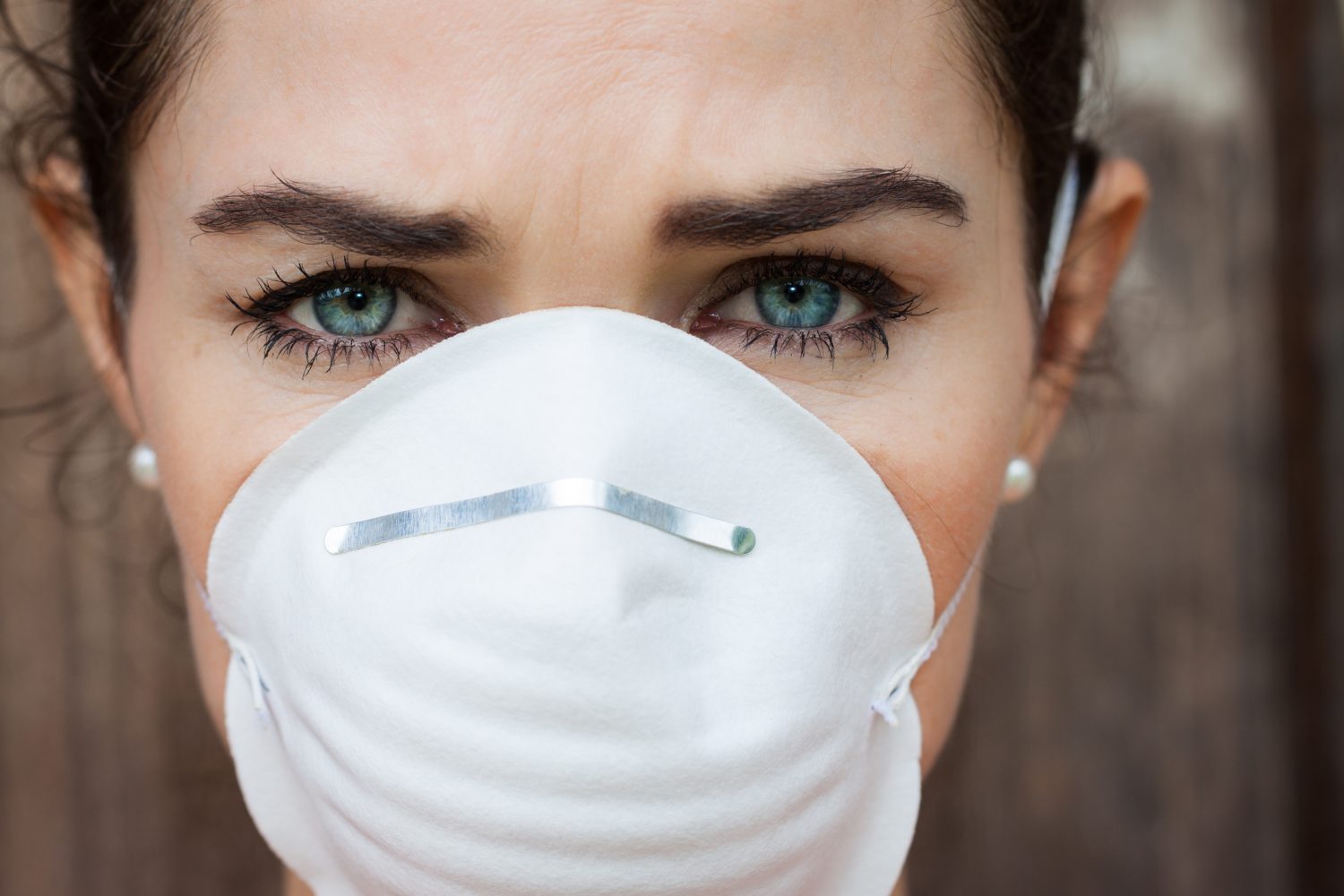
As we have seen time and time again, the opioid epidemic all across America has not been confined to one substance. It takes the shape of prescription painkillers, illicit heroin and even the more potent synthetic opioids like fentanyl. With the gradual progression of this poisonous outbreak, we have seen the stakes get higher and higher. Prescription opioids contributed to a growing population of heroin users. Dealers lacing heroin with synthetics like fentanyl led to higher overdose rates. Then the highly dangerous, frequently lethal carfentanil was added to the mix and now just being around the drugs can almost kill you.
With the addition of fentanyl and carfentanil to the illicit drug world comes a very real and potentially lethal new threat- secondary exposure overdose.
What is Secondary Exposure?
Secondary exposure is also referred to as secondary contamination or second-hand exposure. It is a term usually used with things like asbestos poisoning or mesothelioma. Sometimes it is even used to describe the effects of radiation. It is when people come into contact with gasses or substances that can be absorbed into the body and do very real damage.
The most common comparison you could make is to second-hand smoke, which is when people smoking cigarettes expose others to the toxic gas they and the cigarette release into the air. Second-hand smoke can cause very real health problems, including some cancers. The most terrible aspect of it being that the individual who gets sick doesn’t even have to smoke themselves.
With drug use secondary exposure overdose has now become a real risk thanks to synthetic opioids. Law enforcement and other officials tell us that some of these dangerous substances must be handled with the utmost caution. The news coming out of Ohio this week is just another example of how hazardous these drugs have become.
Ohio Nurses Experience Secondary Exposure Overdose
At Affinity Medical Center, a hospital in Massilion, Ohio, three nurses helped treat an overdose patient. After cleaning the room where the individual was treated, the three nurses were overcome by secondary exposure. They got sick and shortly after lost consciousness.
Detective Shaun Dadisman states,
“They were cleaning up the room and started to feel sick. And then that left them waking up in a hospital bed,”
According to the investigators in this case, the three nurses were treated with Narcan. The opioid overdose antidote Narcan is the brand name for Naloxone, which is used to reverse the effects of opioids on the respiratory system. The local law enforcement believe the substance the nurses were exposed to was fentanyl. Thankfully, all three nurses are said to have recovered.
A union representing nurses at the hospital intends to meet with hospital officials to review protocols for environmental contamination. A spokeswoman from the hospital states that the institution does have effective policies, which isn’t out of the question.
Police Officer Needs Narcan after Secondary Exposure Overdose
Just this summer, a police officer in a very similar situation almost died from an accidental overdose due to secondary exposure. Officer Chris Green was responding to a drug call when the incident occurred. The drug he came in contact with at the time was so powerful that even though officer Green said he was wearing gloves and a mask as he searched a suspect’s car, he still ended up being severely impacted by the substance. Merely by ending up with a white substance on his shirt officer Green needed to be revived with not just one, but multiple doses of Narcan.
How Does Secondary Exposure Overdose Happen?
Detective Shaun Dadisman spoke more about the dangers of opioid overdose through secondary exposure. Dadisman states,
“It shuts down your breathing. It shuts down your system so you get to the point where you’re not breathing on your own. And you need that boost and that Narcan is what takes that away so it helps you to recover quickly,”
Fentanyl and other opioids like carfentanil present a whole new level of danger concerning secondary exposure. The drugs are so intoxicating that law enforcement and medical personnel are now forced to come up with new policies and protocols just to handle an individual who may be overdosing on these drugs to protect themselves and others. Dadisman stated,
“I was actually stuck by a needle from an individual on a heroin overdose, so I had to run through all of the testing myself,”
The opioid epidemic now doesn’t just present an elevate risk of death to those who are using these drugs. Opioid abuse now poses a very real and deadly danger to those who work to save the lives of users every day. The greatest danger some of these drugs prevent is that of the unknown. As Dadisman points out,
“I think there will be continued changes – gloves, masks. And the problem with our first responders, police officers and our nurses and stuff, is you don’t know immediately what you’re dealing with. After the fact, you may know, but it may be too late.”
So now every day these synthetic opioid drugs don’t just threaten the lives of people who consume them, whether knowingly or not, but also the people closest to them.
So what can be said about secondary exposure overdose? Well, it is safe to say that with some of the most powerful drugs that are out there simply getting some on your skin or breathing it in, even on accident, can cause life-threatening illness. While hopefully this concept does not start a panic, it is a reality that more people should probably be aware of. Whether people are leaving the drug around others, consuming the drug in public places or being revived by loved ones and first responders, the fact is the drugs are stronger and more life-threatening than ever. The fact that a dose of Narcan might not save someone on the first shot should be enough to push for more awareness and more focus on finding a way to fight back.
So, what more can be done about the possibility of secondary exposure overdose?
If you or someone you love is struggling with opioids do not hesitate to get help. The rates for overdoses and opioid-related deaths are far too high to keep gambling with your life. Protect your loved ones and your future. If you or someone you love is struggling, please call toll-free now. We want to help.
CALL NOW 1-888-922-5398




 Dug McGuirk is an accomplished entrepreneur and inspirational speaker. As co-founder of Revolutionary Health, Dug is committed to transforming lives. Dug McGuirk is the VP of Training and Development for Palm Healthcare Company where he regularly teaches a variety of transformative classes.
Dug McGuirk is an accomplished entrepreneur and inspirational speaker. As co-founder of Revolutionary Health, Dug is committed to transforming lives. Dug McGuirk is the VP of Training and Development for Palm Healthcare Company where he regularly teaches a variety of transformative classes. Heidi McGuirk is an author, co-founder of Revolutionary Health, Master Relationship Coach and addiction professional who teaches several weekly classes at Palm Healthcare.She is the creator and CEO of
Heidi McGuirk is an author, co-founder of Revolutionary Health, Master Relationship Coach and addiction professional who teaches several weekly classes at Palm Healthcare.She is the creator and CEO of 

